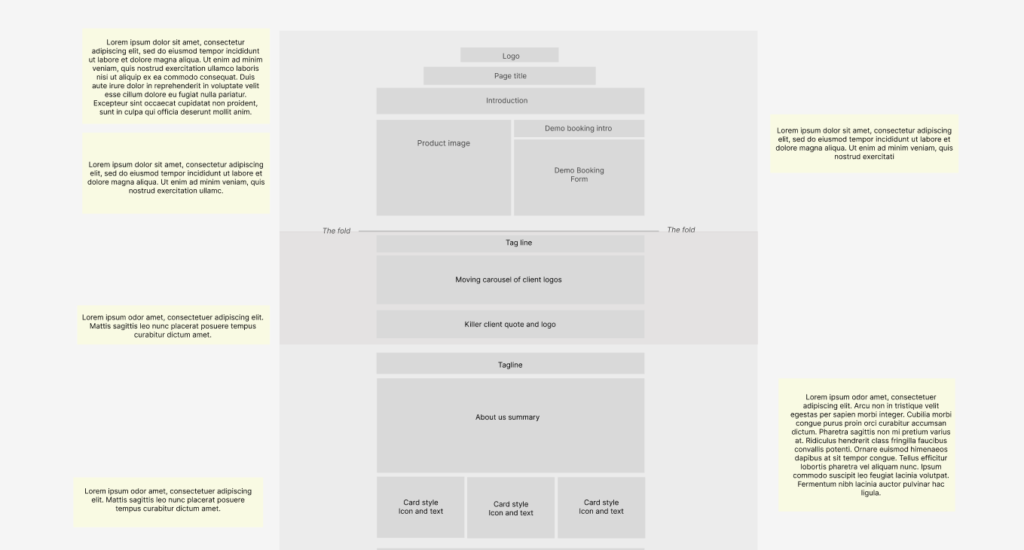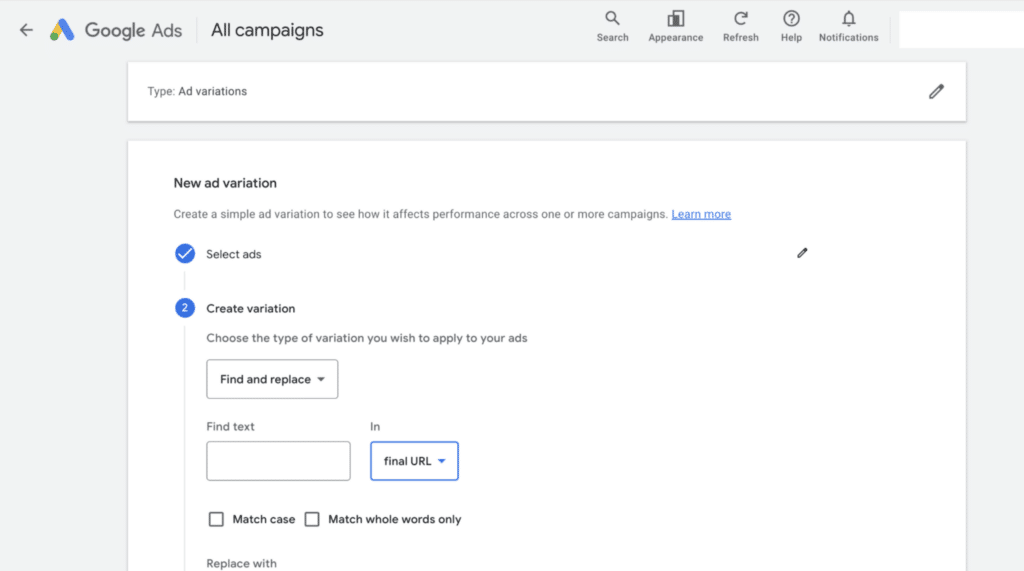How to Optimize Your PPC Landing Pages in 5 Steps – PPC – About PPC – Pay Per Click Management
Your PPC landing pages have the potential to impact your campaigns significantly. Even with a perfectly constructed PPC campaign, directing traffic to a poorly designed landing page with bad UX or subpar content will likely prevent conversions.
With the post-click experience being as critical as the campaign itself, now is the time to ensure your PPC landing pages are optimized for success.
Here’s how to do it…
1. Conduct Thorough Research
Before diving into optimizing your PPC landing pages, it’s essential to evaluate what requires changes, why those changes are needed, and how to implement them. This involves carrying out both qualitative and quantitative research.
Qualitative Research – This type of research is all about gathering non-numerical insights regarding your landing pages. It focuses on the subjective elements—how they look, how they feel, and your overall impression. Since there’s no definitive right or wrong, this research allows you to draw inspiration from competitors as well as assess your own pages.
For example, you might find that the colors on your landing page are overly bright and could be off-putting for visitors. Conversely, a competitor’s page may use more subdued tones that are visually soothing. You could then explore using a toned-down color palette for your landing page.
Remember, when reviewing competitor pages, seek inspiration but avoid replicating their PPC landing pages directly.
Quantitative Research—Given the subjectivity of qualitative research, it’s essential to support your observations with quantitative data—more objective, measurable metrics. Analytics tools are great for this, and platforms like Microsoft Clarity can provide heatmaps and session recordings.
Example: If your analytics show that 95% of users start filling out a form but fail to complete it, this may indicate issues with the form itself. Streamlining questions and reducing the amount of required information can remove obstacles for potential customers. Ultimately, consider rewording your questions and limiting form fields to an absolute minimum.
Quantitative research provides an unbiased perspective on what is effective and what is not. Combined with qualitative insights, it helps shape the content, structure, and visual feel of your updated PPC landing page.
2. Secure Stakeholder Buy-In
PPC marketers often need buy-in from stakeholders to revamp landing pages—especially those on the agency side who may need client approval to make updates. This can be crucial as you’ll likely need resources for content creation or development work. Securing support from the relevant parties early on is crucial.
Tailor your approach to the audience when communicating the importance of optimizing landing pages. For instance, speaking to a Head of Marketing might involve presenting hard facts and performance stats. In contrast, when working with a small business owner who’s less digitally experienced, a visual comparison highlighting potential improvements can be more effective.
Sharing your research, both qualitative and quantitative, will strengthen your case for making changes and demonstrate that recommendations are based on thorough analysis, not just opinion. However, be prepared for possible pushback, particularly from stakeholders who contributed to the existing website or landing pages. Since this is a collaborative process, frame criticisms constructively and remain open to their insights.
3. Create the PPC Landing Pages
Part 1 – Start by envisioning your landing page’s layout. Use your research to develop a wireframe, determining the content you want to include and where it should be positioned.

For example, if your research reveals users aren’t reaching a bottom-of-the-page enquiry form, consider moving the form higher up for increased visibility.
A wireframe offers guidance for the design and layout of the landing page, giving the creators enough creative freedom to produce a visually appealing page. There are free online wireframe tools to help with this, or you can even sketch it out with pen and paper.
Part 2 – Next, focus on the content of your landing page, ensuring it’s informative and persuasive. Content specialists can be invaluable for refining your message and ensuring it resonates with your audience. However, if you’re responsible for writing it yourself, remember that conciseness is key—avoid overly long paragraphs and overly complex phrasing. The goal is to be clear, compelling, and straight to the point.
Part 3 – Once you have your wireframe and content finalized, hand them over to a specialist to bring the landing page to life. Allow them to work independently while scheduling regular progress check-ins to address any questions or adjustments needed.
4. Launch Your Optimized Landing Page
Now comes the exciting part—launching your new PPC landing page! To ensure the best results, A/B testing is crucial. Compare the performance of your new landing page against the existing one, which is made easy by tools like Google Ads and Microsoft Advertising through their Experiments feature. This allows you to create new ad variations with your new landing page as the final URL and split traffic between the old and new pages to compare results.

Throughout this testing phase, closely monitor your new landing page for any unexpected technical issues. By the conclusion of the experimentation period, you’ll have a clear idea of whether to fully transition to your new page or stick with the existing one. If the results are too close to call or not as promising as anticipated, don’t hesitate to continue refining the page before making it your new default.
5. Continuous Optimization
The optimization process doesn’t end after the launch. Much like your PPC campaigns, your landing pages require ongoing monitoring and improvements to maintain their effectiveness. Regularly assess performance, apply the same reflective analysis used in your research phase, and make the necessary tweaks to boost results. There may also be features or content that you couldn’t initially incorporate but can be added in future iterations.
Just as you wouldn’t “set and forget” a campaign, the same principle applies to your PPC landing pages.
Summary
By directing PPC traffic to landing pages optimized in content, design, and usability, you ensure the post-click experience aligns with the strength of your campaign. This leads to better performance, as visitors engage with a polished, effective landing page experience you can confidently stand behind.


